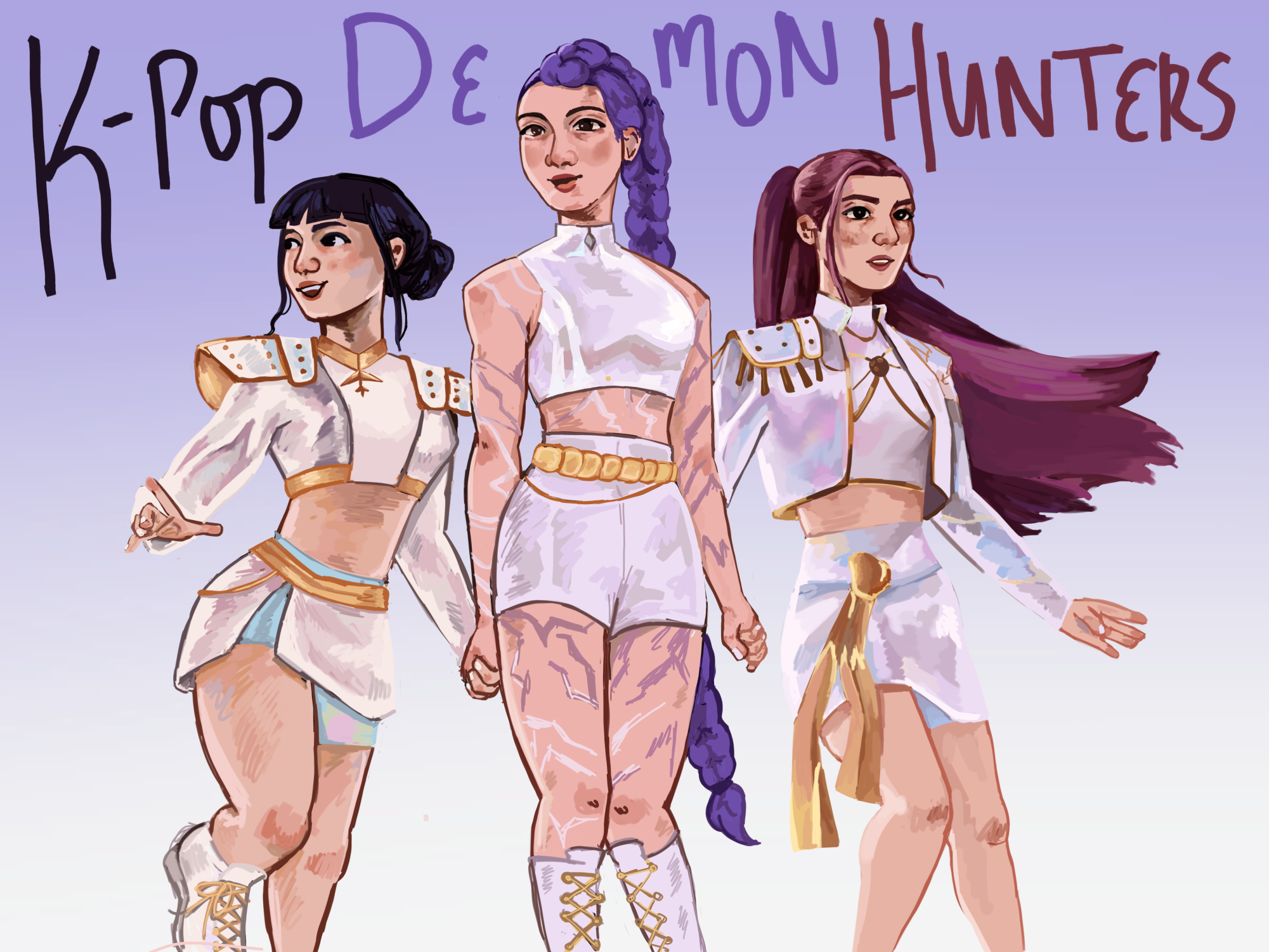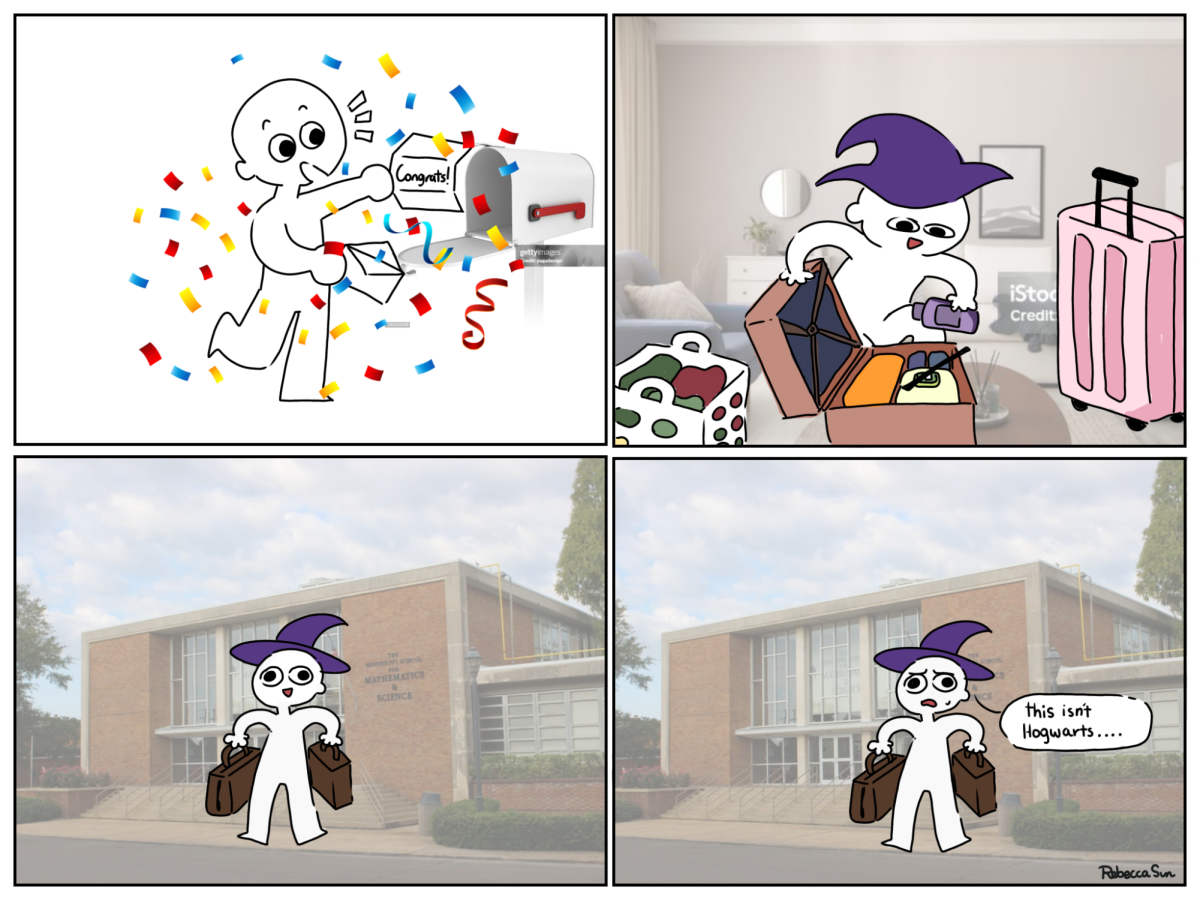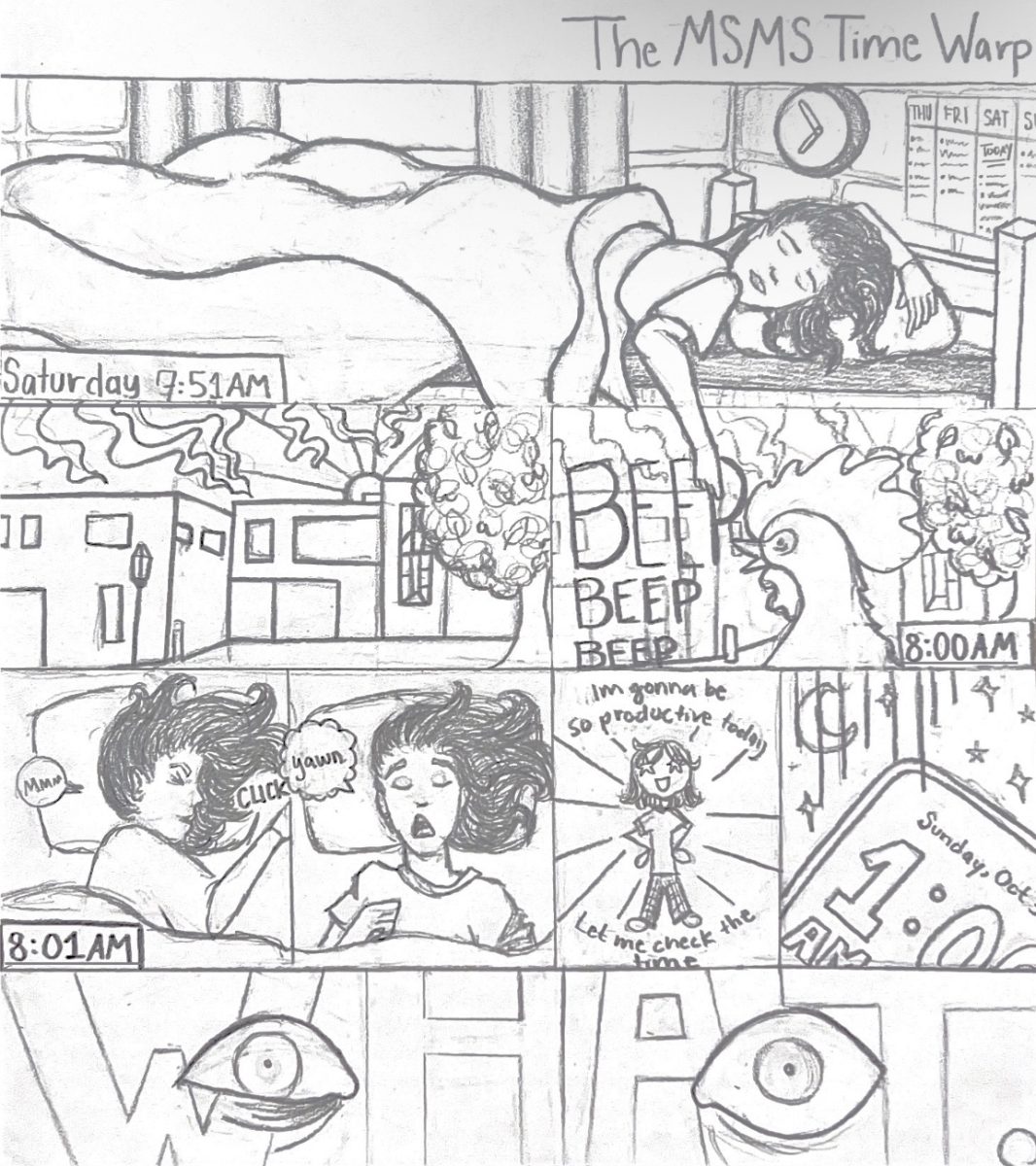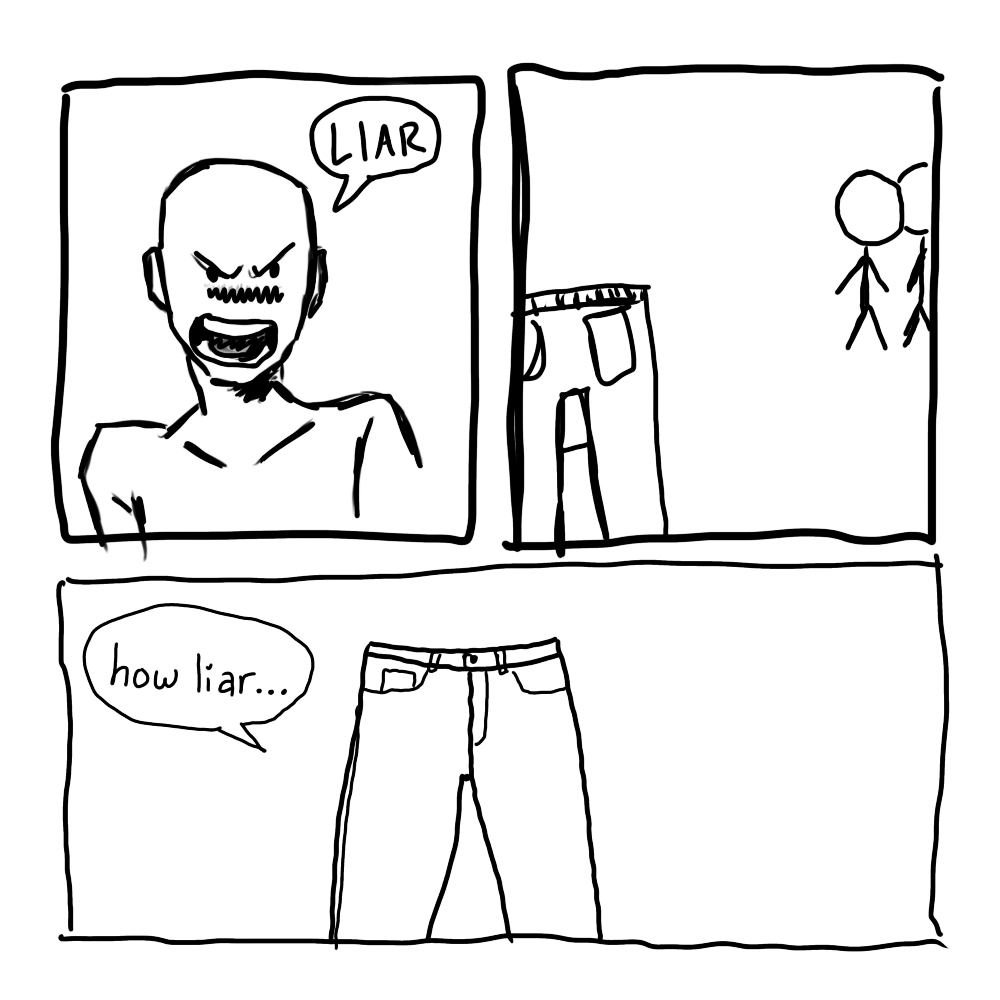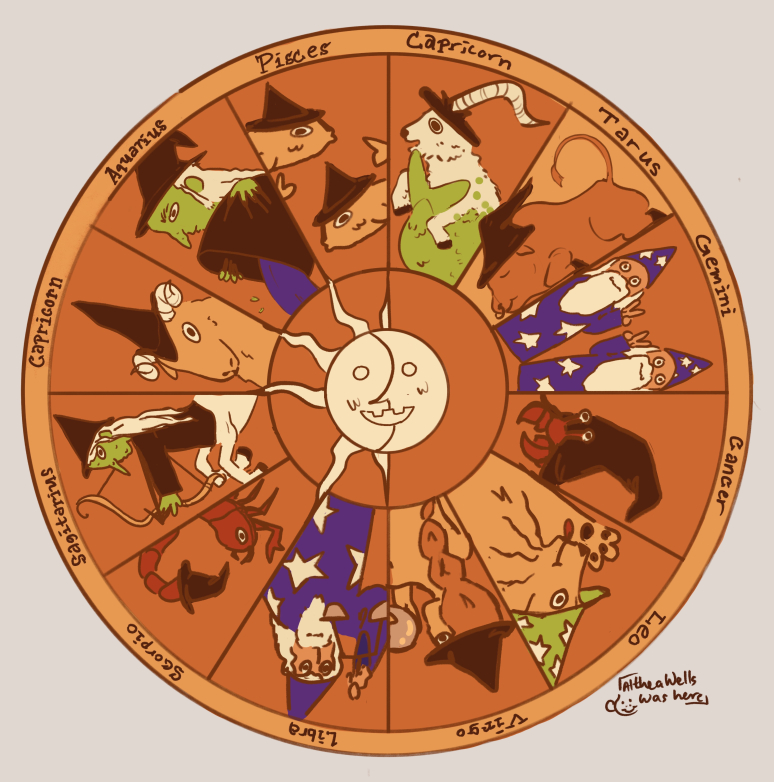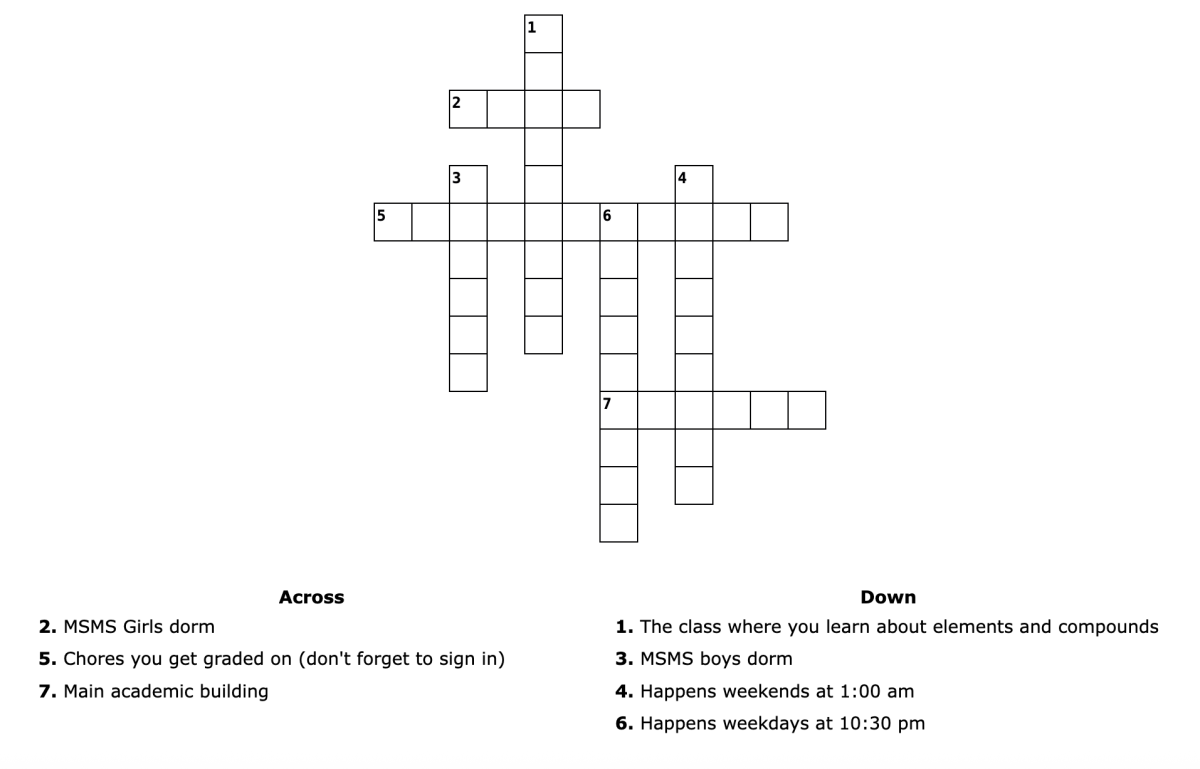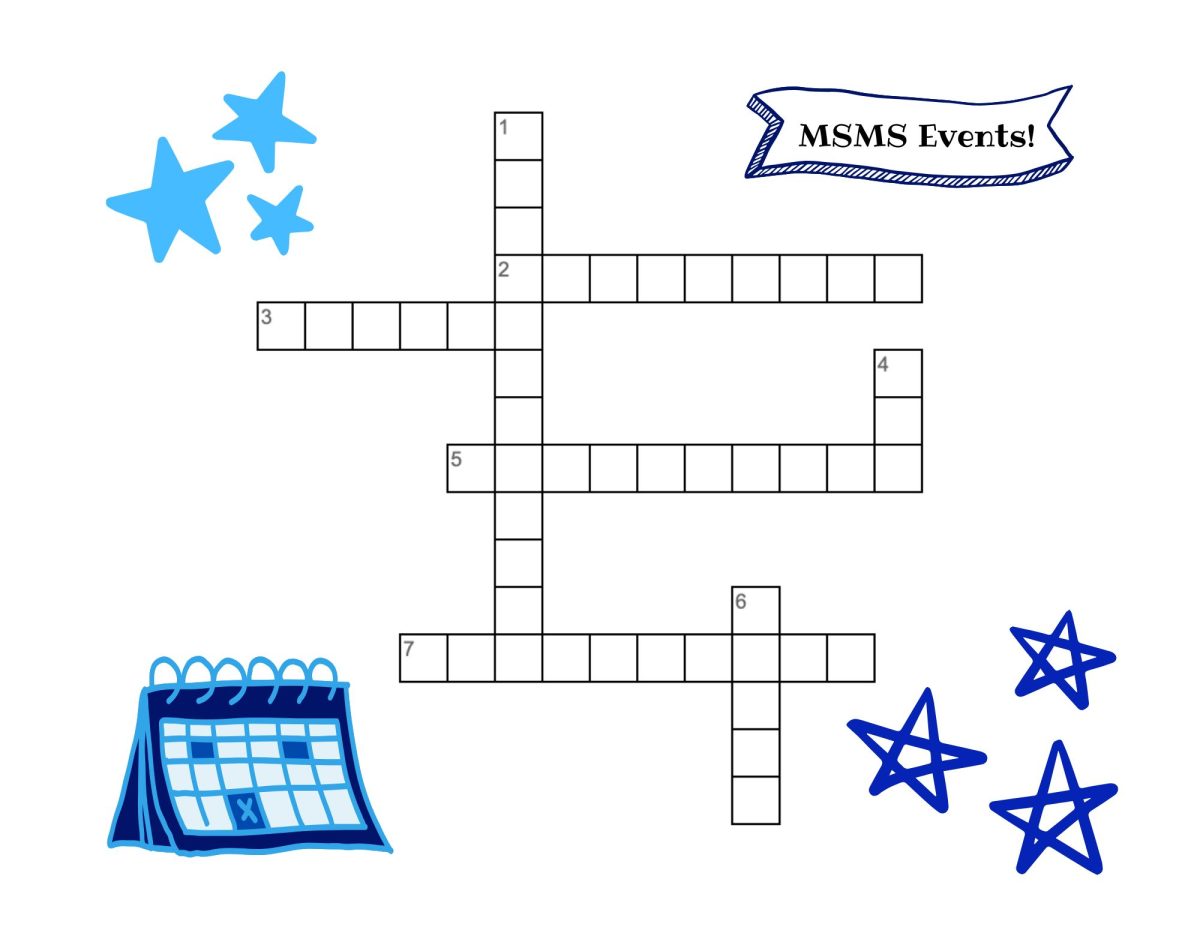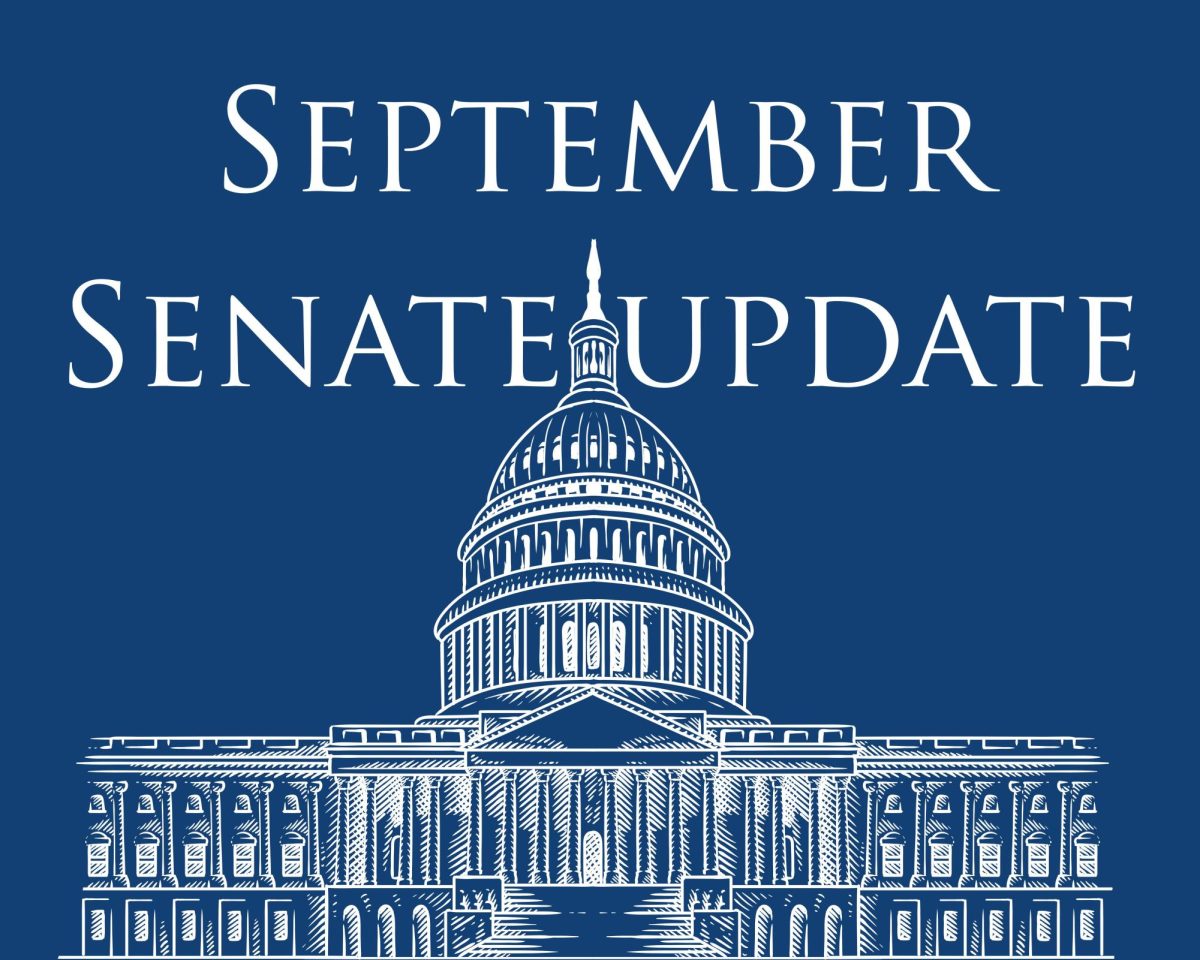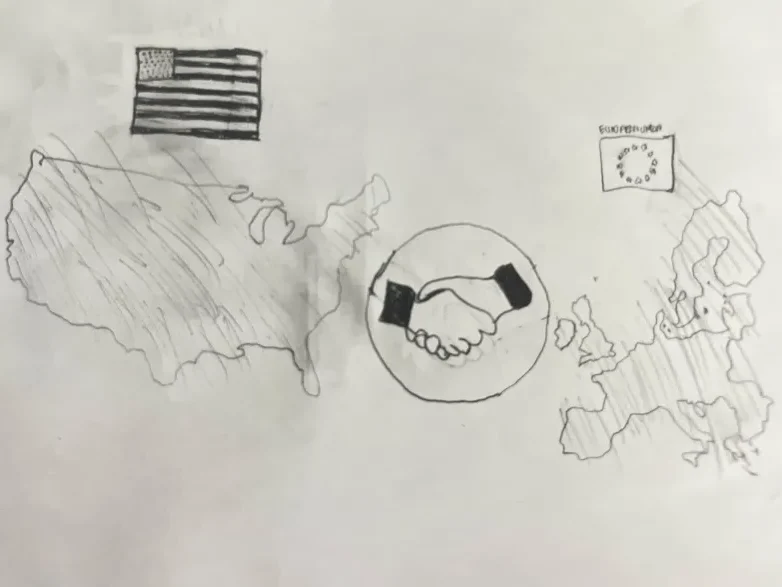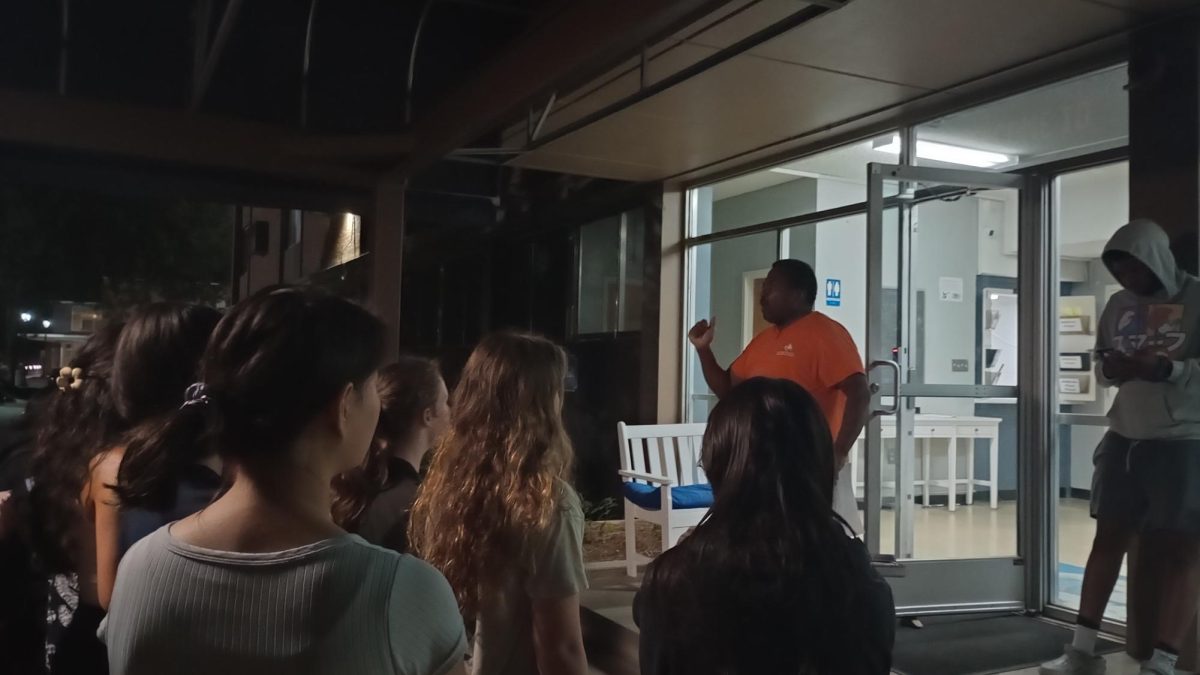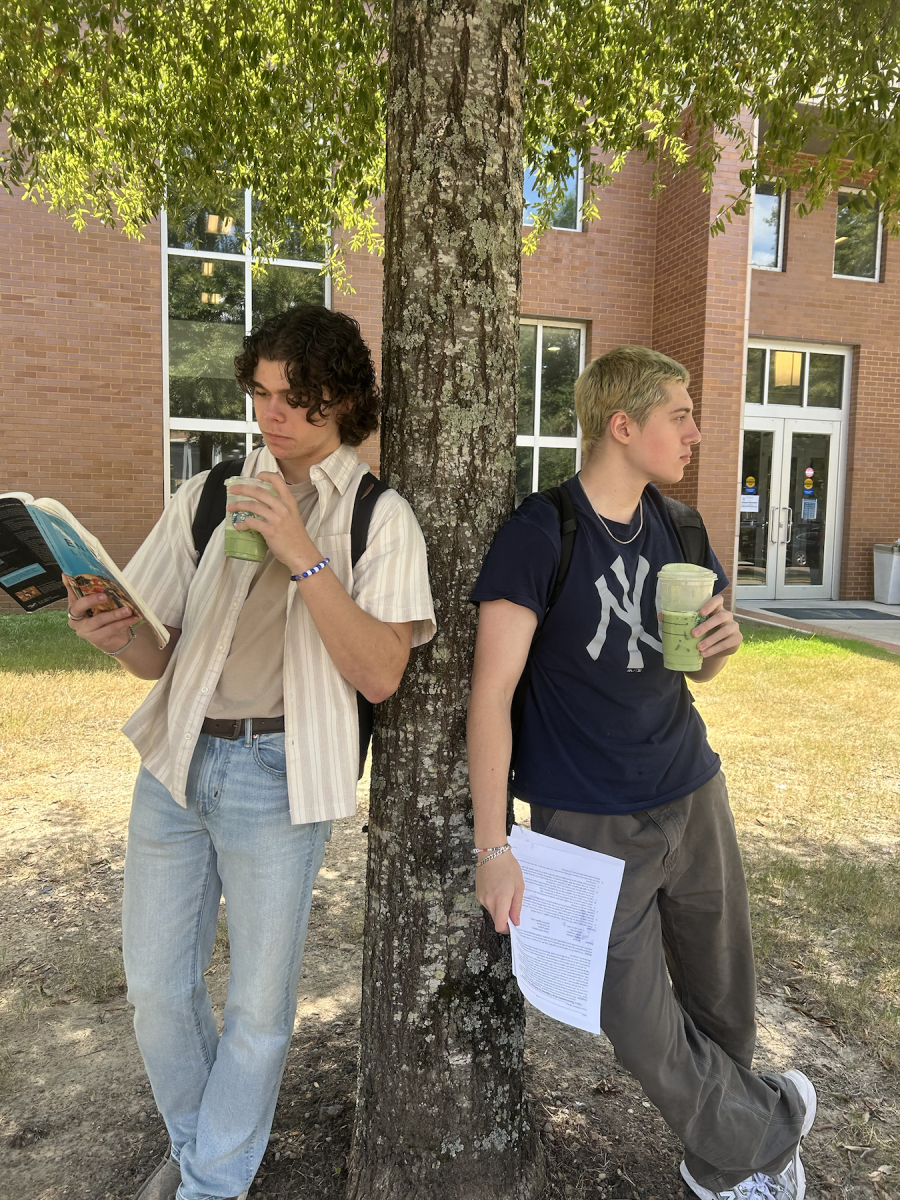It’s impossible not to have heard someone mention “K-Pop Demon Hunters” by now.
The movie is about a K-Pop girl group, Huntr/x (Huntrix), who is secretly the protector of the Honmoon, a shield that keeps demons from stealing people’s souls. Huntr/x consists of Rumi, Zoey and Mira, played by Arden Cho, Ji-young You and May Hung, respectively. They use their voices and the love they get from the fans to power the Honmoon.
However, the demon Jinu, played by Ahn Hyo-seop, convinces the demon lord Gwi-wa, played by Lee Byung-hun, to start a demon boyband. He forms the Saja Boys, which quickly rises to fame, stealing the fans from Huntr/x. As the girls work to expose the true demonic nature of the Saja Boys, Rumi struggles to keep her secret: She’s part demon.
But when Jinu discovers her secret, a connection starts to blossom between them.
Through this secret friendship — and possibly love — ideas of guilt and shame powering the demon lord are further explored. The more guilty Rumi feels about her secret, the worse the patterns on her skin — the way of identifying demons. This proves to be an issue in the beginning of the film since her shame leads to her almost losing her voice. But once she starts to get closer with Jinu, she learns to accept more of that side of her. These ideas come to a climax with the duet song, “Free.”
“K-Pop Demon Hunters” is exceptionally strong at integrating its songs into the plot line. Any time a song is played in the film, the song holds some plot point or purpose. Yet, the songs are still just as strong on their own.
The success of the music could be attributed to the fact Sony hired working K-Pop industry professionals to write the music. One of the main songwriters, EJAE, worked as an idol trainee for many years before working on “K-Pop Demon Hunters,” giving her valuable experience.
Six of the songs are sitting in the top 15 for the week on Spotify, with the song “Golden” being No. 1. The movie was released in theaters on Aug. 23 due to its success on Netflix. It currently stands with 158.8 million views on Netflix, making it the fourth-most English-language streamed movie on the platform. No one can deny this movie has taken the world by storm.
Irene Doyle, an MSMS junior, said she enjoyed how the writers portrayed the main female roles in an empowered way.
“They made these really cool and powerful female heroes and didn’t let the romance get in the way,” Doyle said. “It was really nice to see the female characters clearly in the role model type role without making them over-feminized or dainty.”
Callista Palagi, another MSMS junior, said she liked how the girls were allowed to not be perfect all the time.
“All of the characters were very interesting and had their own point and could be seen without makeup on,” Palagi said.
Despite the simplistic plot, this movie manages to do what other big-name animation industries can’t. Disney is focusing on movies that are cash grabs, like sequels and remakes, while Pixar is stuck in the same style that is repeatedly being critiqued. Other animation studios are struggling, while Sony once again has given us a stylistically diverse and amazing movie. This is because when Sony Pictures Animation was founded in 2002 — during the golden age of Pixar — the company took the stance that it wouldn’t adopt a style. This allowed for the experimentation that led to the success of “Into the Spider-Verse,” as well as “K-Pop Demon Hunters.”
There has been little originality to be found in the movie industry recently. Sequels and reboots fill the theatres, while the original movies don’t feel like they have any care and love put into them.
However, every once in a while, we are presented with a diamond in the rough, and this time, it happens to be “K-Pop Demon Hunters.”

